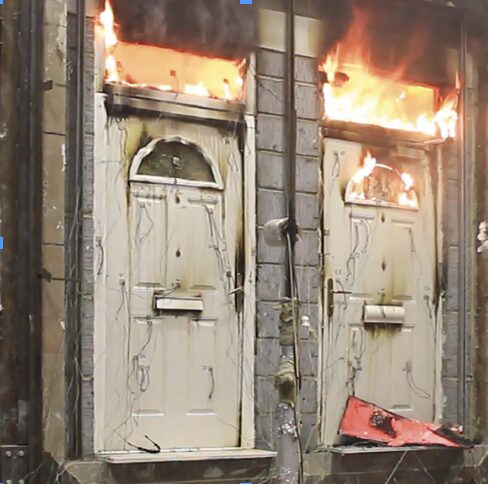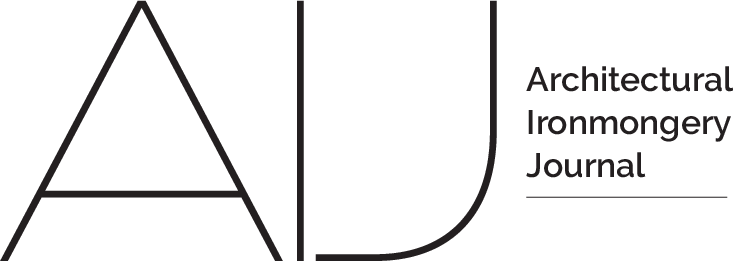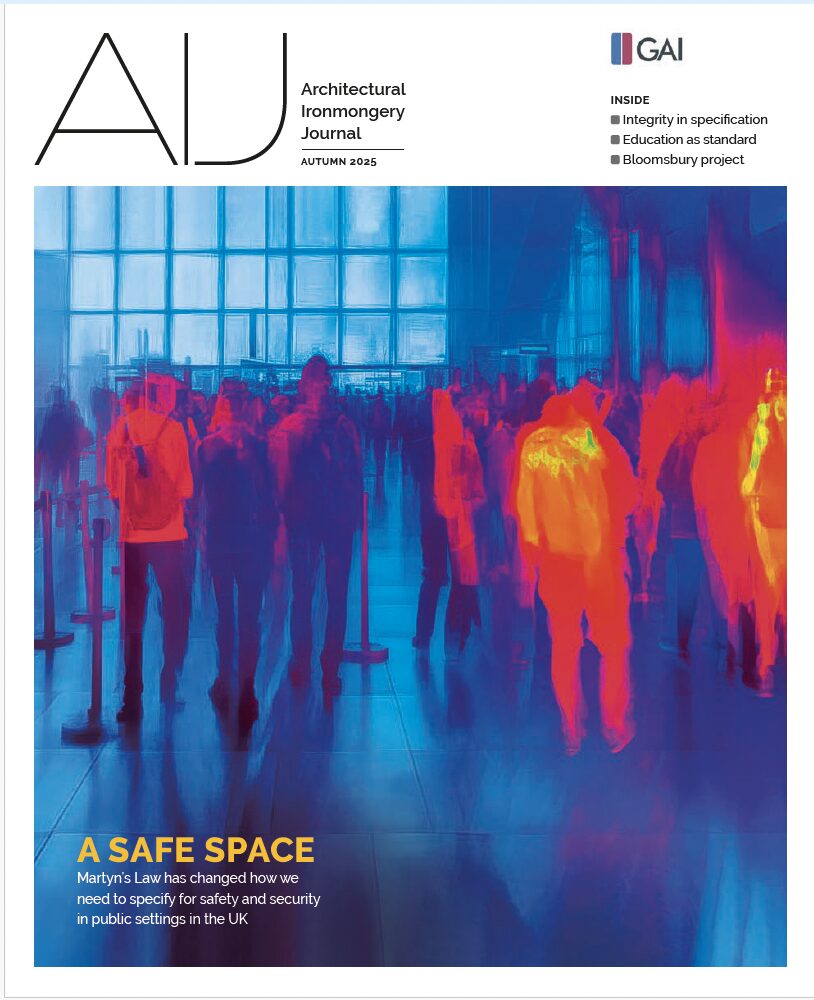Hannah Mansell reflects on fire door specification  as strategic; it’s where design meets consequence
as strategic; it’s where design meets consequence
The future belongs to those who specify with foresight, not familiarity, and in the evolving fire door market, we are no longer choosing components, we’re defining futures.
A new era has arrived, where design decisions are intrinsically strategic and the language of specification is becoming a dialect of accountability. For architects and specifiers, this shift presents not just regulatory urgency, but a generational opportunity: to create buildings and organisations that stand for safety, sustainability, and enduring integrity.
The Building Safety Act, PAS 2000, and the Green Paper reforms have sharpened the contours of risk. This is not a warning, it’s a call to leadership. Technical due diligence is no longer optional. Marketing gloss won’t suffice. Every fire door selected, every product integrated, must withstand not just fire,
but deep due diligence and scrutiny.
But here lies the beauty of the moment: that specification is not a limitation; it’s a gift and a launch pad. Compliance, far from stifling design, can elevate it. Thoughtful collaboration with technical specialists from the outset unlocks creative freedom rooted in assurance. Designs that last begin with decisions that are verified, validated, and futureproofed.

We must ask more of our projects and our partners. Are we building environments that protect, inspire, and endure? Do our selections reflect not just aesthetic ambition, but technical intelligence and ethical foresight? Architects and decision-makers are widening their lens. Specification is not just about cost or catalogue; it’s a declaration of organisational intent. Bring your technical advisors in early. Challenge your supply chain. Ensure the integrity and due diligence behind every aesthetic. This is where legacy begins.
This is the architecture of accountability, where safety is not static, but strategic.
Where the art of specification and the craft of design becomes the blueprint for legacy, not measured in doors, locks, or facades, but in the communities they protect and the futures they enable.
The seven pillars of architecture have always been about designing places for people, spaces that nurture connection, dignity and safety. In this new era, specification is not a technical footnote. It is the start of that story where ‘to specify wisely is to build with intent’. To choose products with integrity is to shape environments that endure. And to lead with technical intelligence is to honour the true purpose of good design: creating spaces that serve, protect, and inspire generations to come.
Let this be the start of a new specification culture. One defined not by minimum compliance, but by courageous clarity.
Hannah Mansell is principal technical consultant for Adoorability and facilitator
of UK fire door think tank.








